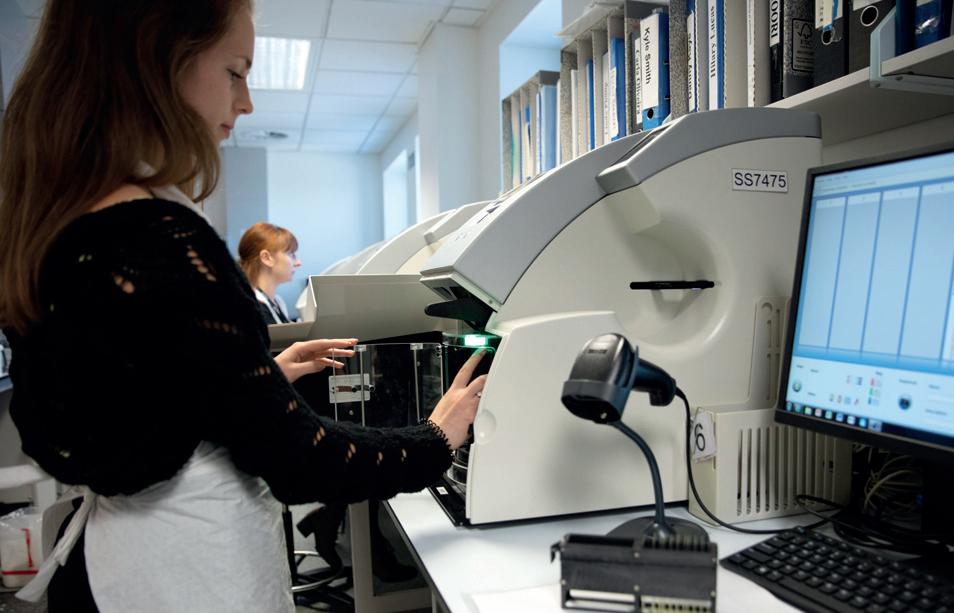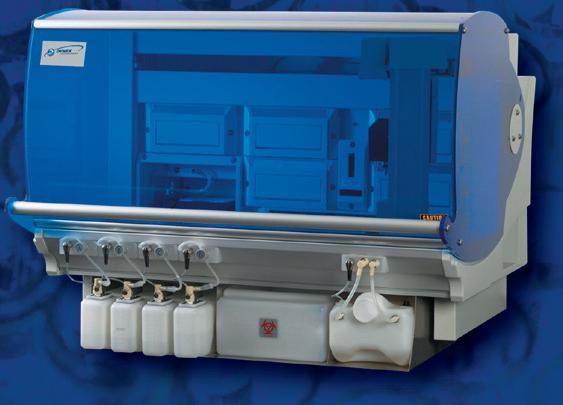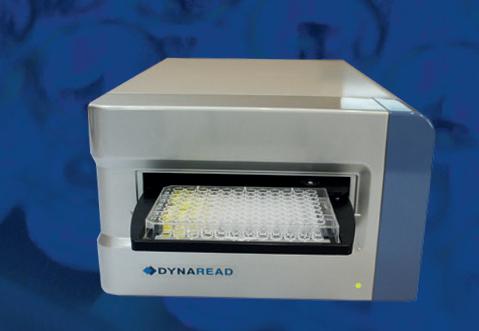
3 minute read
Implementing digital technology
IMPLEMENTING DIGITAL PATHOLOGY
Over the past 12 months digital pathology has been making major inroads into the sector. Here we look at a case study.
Leeds Teaching Hospitals scanned 100% of its surgical slides last year. Deploying digital pathology was an exciting challenge for the laboratory. There are many aspects to consider in order to have a successful deployment, according the Chloe Knowles, who is the Lead for Digital Pathology at the trust. Here she explains some of the most vital areas to consider.
Stakeholder engagement Involving all staff in the department is vital; from lab staff and management, to local IT. The communication given has to be relevant, specifi c and regular to ensure everyone remains engaged. At Leeds, there was varying opinion of how digital pathology would impact the lab.
We distributed a survey to gauge knowledge and experience of digital pathology. Using the responses we delivered presentations to ensure everyone was on the same page.
Workfl ow Implementing digital pathology is a great way to review your laboratory process,

from specimen reception through to reporting. Leeds used LEAN principles to assess the workfl ow and evaluate how digital pathology would be incorporated. It is important that digital pathology is not considered as an additional step when planning your digital workfl ow.
Scanner location Where to put the scanners is crucial; it reinforces that the digitisation of the glass slides is the fi nal step in the laboratory process. At Leeds, we conducted a formal options appraisal of 10 locations. We assessed criteria such as walking time, hands-on time and existing infrastructure. We chose a bench along the back wall, adjacent to all the microtomy stations. This kept digital pathology centralised.
Slide preparation and scanning Biomedical scientists and support workers know what constitutes good slide preparation, and the same principles apply when preparing slides for scanning. Tissue sections should be thin and placed in the centre of the slide. There should be no broken or overhanging coverslips, and no excess mountant around the edges of the slide. These steps maintain the lifespan of the scanners and avoid unnecessary delays. It is also important that there is no dirt or excess wax on the slides, which will cause the images to be out of focus. All slides at Leeds are checked and cleaned if necessary during the quality control procedure before being sent to the scanner.

Accreditation Gaining and maintaining ISO15189 accreditation for any laboratory test is important, and digital pathology for digital diagnosis is no diff erent. The laboratory needs to demonstrate to assessors that the process is safe for patients and staff . There are many things to consider when collating evidence to submit for accreditation.
A complete range of ELISA Automation












Contact us today to discuss enhancing your microplate assays with proven market-leading automation systems.











